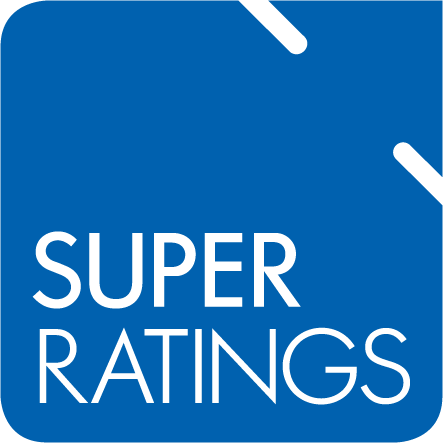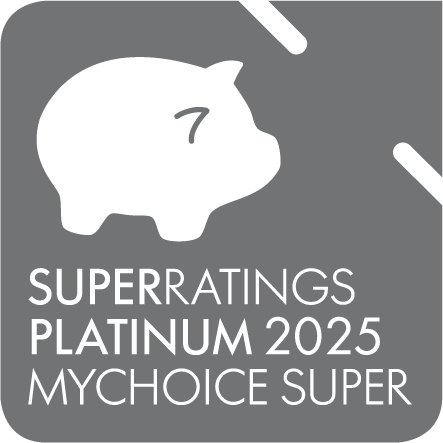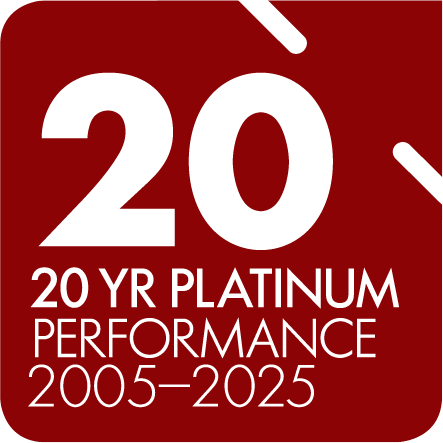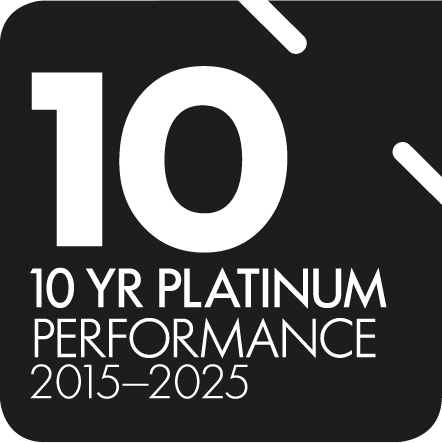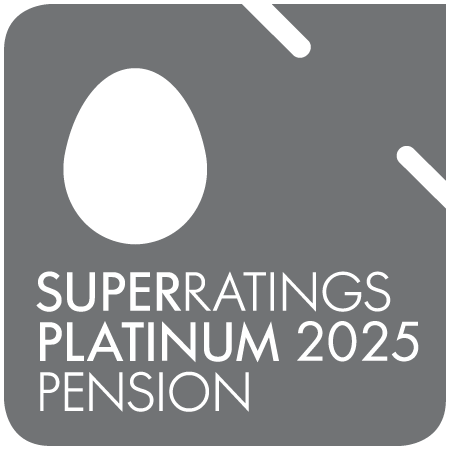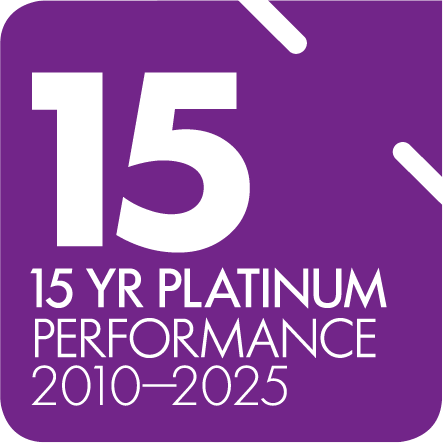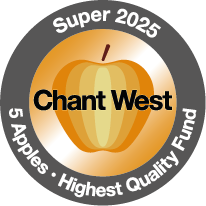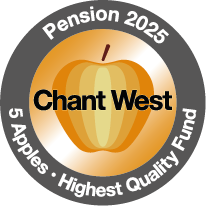“We’re in a new era,” was how BHP Billiton chief executive, Andrew Mackenzie, explained the decision to cut dividends by 74% for the December half year. While the size of the cut grabbed headlines, the Big Australian is not the only company rethinking dividend policy.
BHP, Rio Tinto and Woolworths were among the big name stocks to cut dividends in the latest reporting season. ANZ has indicated it may follow suit when it reports its half-year earnings in May. The Commonwealth Bank held its interim dividend steady and expectations are that bank dividends will remain flat at best.
Outside the banks and resources sectors, the dividend picture is brighter. According to CommSec, 77% of Australia’s top 200 companies lifted or maintained them, while 23% either cut or did not pay dividends for the December 2015 half year.
But falling commodity prices, slower economic growth and technological disruption are taking their toll. Companies are responding with cost-cutting programs to shore up their earnings, and dividends are one of many costs under the microscope.
Dividends and yield in a changing economy
For the past five years, the hunt for yield has been the main game in town. With interest rates at historic lows and returns from cash and term deposits barely keeping pace with inflation, retirees and anyone dependent on income from their investments was on the lookout for alternative sources of income. Investors who were prepared to move up the risk spectrum flocked to high-dividend paying shares.
The dividend yield on a share is the value of annual dividend payments divided by the current share price. The average dividend yield of the Australian market is currently around 4.8% compared with a cash rate of 1.75%. As the chart below shows, dividend yields hit a 33-year peak of 6.9% in late 2008, as companies maintained dividends in the face of collapsing share prices.
Popular stocks such as the banks and Telstra have proved even more rewarding. The Commonwealth Bank’s dividend yield is currently 5.3% after reaching a peak of 7.7% in September 2011. Telstra’s dividend yield peaked at 10.7% in 2011 compared with 5.8% now.
Source: Iress, ASX, CommSec
Focus on growth
While the hunt for yield is as strong as ever, there are signs that the pendulum may be shifting from yield to growth.
According to Goldman Sachs, earnings per share of Australia’s top 200 companies are growing faster than dividends per share for the first time in five years. Ignoring the resources sector, earnings per share is expected to grow by 3% this financial year compared with 1% growth in dividends per share.
While companies are still keen to pay dividends, they are reducing their payout ratio. That is, the amount a company pays in dividends as a proportion of earnings.
BHP, for example, has been under pressure from institutional investors for some time to abandon its “progressive” dividend policy which committed the company to maintaining or lifting dividends in future. This has been replaced with a commitment to a minimum dividend equal to 50% of underlying profit, or at least US4c a share.
Payout ratios falling
The consensus among market analysts is that the market’s overall payout ratio will fall from the 76.5% this financial year to 73.7% in 2017. Cuts are likely to be most pronounced in the resources sector which has continued to pay dividends despite reporting losses, a situation that is not sustainable in the long run.
Generally speaking, when public companies earn a profit they can pay it out as dividends to shareholders or retain funds to grow the company. If opportunities for growth are limited, it makes sense to tip the balance towards dividends.
But companies need to invest in their business to grow. This is particularly so for miners whose future depends on the exploration and development of new projects. In some ways it’s a Catch-22; unless companies grow they will not be able to sustain and grow dividends.
In the long run, investors need to balance their need for income with an eye for growth. That’s the case even if you are a retiree living on the income from your shares. In order to keep ahead of inflation, you want your dividends to grow over time. Companies with strong earnings growth will be well-placed to deliver.
If you would like to discuss your income strategy our financial planners can help. Please call 1800 065 753 for an obligation free conversation.
